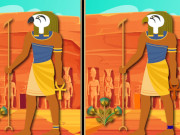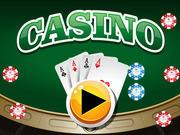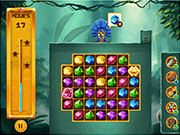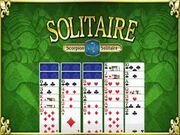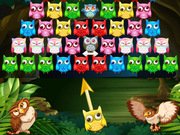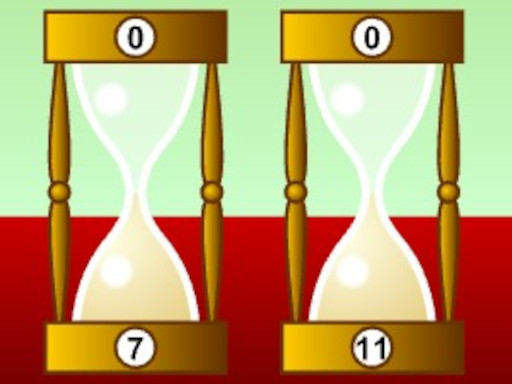
Hourglass Problem Game Online - Play Free Fun Logic Puzzles
Put your brain on the clock with Hourglass Problem, a clever logic puzzle where time itself is your biggest challenge! Using just a 7-minute and an 11-minute hourglass, you must figure out how to measure exactly 15 and 24 minutes without letting a single grain of sand go to waste. Flip and reverse the hourglasses, watch the sand flow, and plan every move as the timers pause, reset, and sync in surprising ways. The interface tracks your measured minutes, so you'll know exactly how close you are to the perfect solution. It's all about timing, strategy, and a bit of experimentation. Can you outsmart the hourglasses and make every second count? Have fun! ⏳🧠
10,202 play times
How to Play Hourglass Problem Game
Use your mouse to play this online logic game.
What is an Hourglass
According to AI an hourglass is a mechanical device used to measure the passage of time. It comprises two glass bulbs connected vertically by narrow neck that allows a regulated trickle of material (historically sand) from the upper bulb to the lower one. Factors affecting the time interval measured include the sand quantity, the sand coarseness, the bulb size, and the neck width. Hourglasses may be reused indefinitely by inverting the bulbs once the upper bulb is empty. The origin of the hourglass is unclear. Its predecessor the clepsydra, or water clock, may have been invented in ancient Egypt. According to the American Institute of New York, the clepsammia or sand-glass was invented at Alexandria about 150 BC.
Fun Logic Game Facts
The links between logic and games go back a long way, and we all love Logic Games because when we find the solution it makes sense. Not only are they fun and challenging but they also help develop young kids brain, and help grown-ups keep their brain stay sharp. According to AI there are close links between games and teaching. Games between two players, of the kind where one player wins and one loses, became a familiar tool in many branches of logic during the second half of the twentieth century. Important examples are semantic games used to define truth, back-and-forth games used to compare structures, and dialogue games to express (and perhaps explain) formal proofs. From the point of view of game theory, the main games that logicians study are not at all typical. They normally involve just two players, they often have infinite length, the only outcomes are winning and losing, and no probabilities are attached to actions or outcomes. Just as in classical game theory, the definition of logical games serves as a clothes horse that we can hang other concepts onto.
